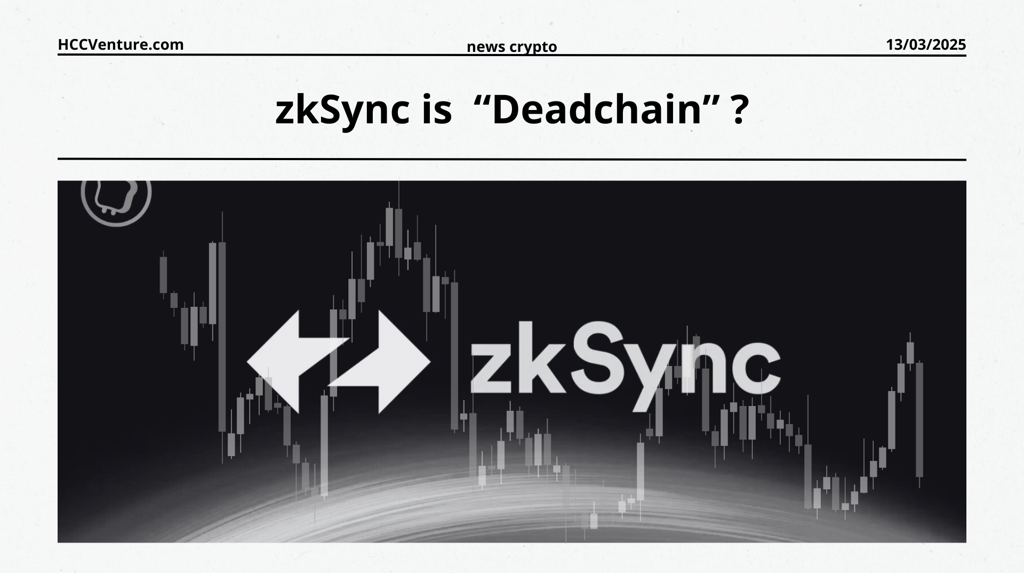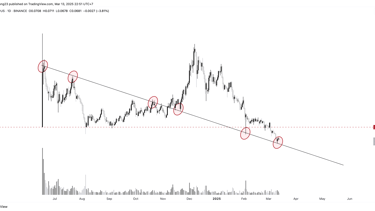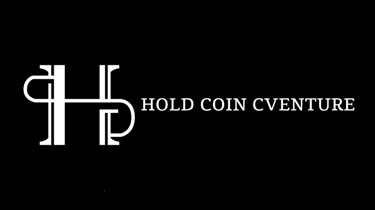ZKsync Event Analysis: “Dead chain” or just a rumor?
Recently, the crypto community has been abuzz with news that ZKsync Ignite has cut its rewards, ZKsync Era is suspected of being “abandoned” and even called a “dead chain”. So what is the truth? I will analyze each aspect based on the available information to clarify the issue.
3/13/20253 min read


What is ZKsync Ignite and what's going on?
ZKsync Ignite is an initiative launched on January 6, 2025, to boost liquidity for the ZKsync Era ecosystem. With a total of 325 million ZK tokens allocated over 9 months, the program aims to increase TVL (total value locked), support DeFi protocols such as Uniswap, SyncSwap, Aave, and prepare ZKsync Era to become the center of Elastic Network (L3).
However, rumors broke out when the Period 5 budget (March 2, 2025) dropped sharply to ZK 5.44 million, 56% lower than Period 4. Specifically:
DEX: 3.43 million ZK (down 48.5%).
Lending: 1.75 million ZK (65.3% reduction).
Perps: 251,973 ZK (60% off).
This has led many to fear that the show is being canceled or that the project is losing direction.
Are the rumors of “bonus cuts” and “abandonment” true?
There is no evidence that ZKsync Ignite has been discontinued. The program is still running, but the budget has been significantly adjusted. The team explains that this is a strategy to shift from scaling to maintaining stable liquidity, while preparing for the integration with Elastic Network in Q2/2025. Another reason is to limit the situation of “farming” rewards without bringing real value to the ecosystem.
Where are the remaining 300 million ZK tokens?
The team confirms that these tokens are still in the minter contract and will not disappear. The budget is allocated flexibly based on TVL, number of participating projects, and market trends. If not used up, the remaining tokens will be reused for other future initiatives.
Rumors of “complete cut of rewards” or “abandonment” are exaggerated. This is a move to carefully manage resources, not a sign that the project is abandoning the ecosystem.
Is ZKsync Era really a “dead chain”?
TVL plummeted from $270 million to $140 million after the announcement, indicating rapid outflows.
Community sentiment (based on X reactions) leans toward disappointment, with many believing the project was dead after the airdrop phase.
24h trading volume still reached 26.83 million USD, proving that the ecosystem has not stopped working.
Big names like Uniswap, SyncSwap, Aave are still operating stably, along with more than 100 dApps creating the basic platform.
Elastic Network (L3) and native interop v1 update (expected Q2/2025) are hopes to attract new money.
ZKsync Era is not a “dead chain”. The TVL drop is a market reaction to the news of the cut, but the ecosystem is still showing signs of life. However, if Elastic Network fails to meet expectations or the market continues to be gloomy, the risk of long-term weakness is real.


Opportunities and challenges for investors
Challenge:
Loss of confidence: TVL decline shakes confidence, which may lead to further outflows.
Big Dependency: ZKsync Era's recovery is closely tied to Elastic Network. If L3 fails, the ecosystem will be in trouble.
Fierce Competition: Layer-2s like Arbitrum or Optimism are dominating with stronger ecosystems.
Opportunity:
Potential bounce: Elastic Network's success could send TVL soaring, especially if the crypto market picks up.
Infrastructure: 100+ dApps and major DeFi protocols are the foundation for long-term growth.
ZK token value: If the ecosystem stabilizes, ZK token could become an attractive investment opportunity.
Is this a step back or a sign of decline?
Short-term: The reward cuts and falling TVL are a setback, reflecting the team’s caution in a difficult market. Negative community sentiment is exacerbating the problem.
Long term: ZKsync Era is not “dead”. The future lies in Elastic Network and the team’s ability to restore trust. If the L3 integration is successful and the market improves, this could be the stage to prepare for a breakthrough.
Conclusion: I’m inclined to think this is a “step back to move forward”, but the risk of decline is still present if the team doesn’t act promptly. What do you think? Is this the time to wait or take advantage of the low price?
Explore HCCVenture group
HCCVenture © 2023. All rights reserved.


Connect with us
Popular content
Contact to us
E-mail : holdcoincventure_contact@hccventure.com
Register : https://linktr.ee/holdcoincventure
Disclaimer: The information on this website is for informational purposes only and should not be considered investment advice. We are not responsible for any risks or losses arising from investment decisions based on the content here.


TERMS AND CONDITIONS • CUSTOMER PROTECTION POLICY
ANALYTICAL AND NEWS CONTENT IS COMPILED AND PROVIDED BY EXPERTS IN THE FIELD OF DIGITAL FINANCE AND BLOCKCHAIN BELONGING TO HCCVENTURE ORGANIZATION, INCLUDING OWNERSHIP OF THE CONTENT.
RESPONSIBLE FOR MANAGING ALL CONTENT AND ANALYSIS: HCCVENTURE FOUNDER - TRUONG MINH HUY
Read warnings about scams and phishing emails — REPORT A PROBLEM WITH OUR SITE.
